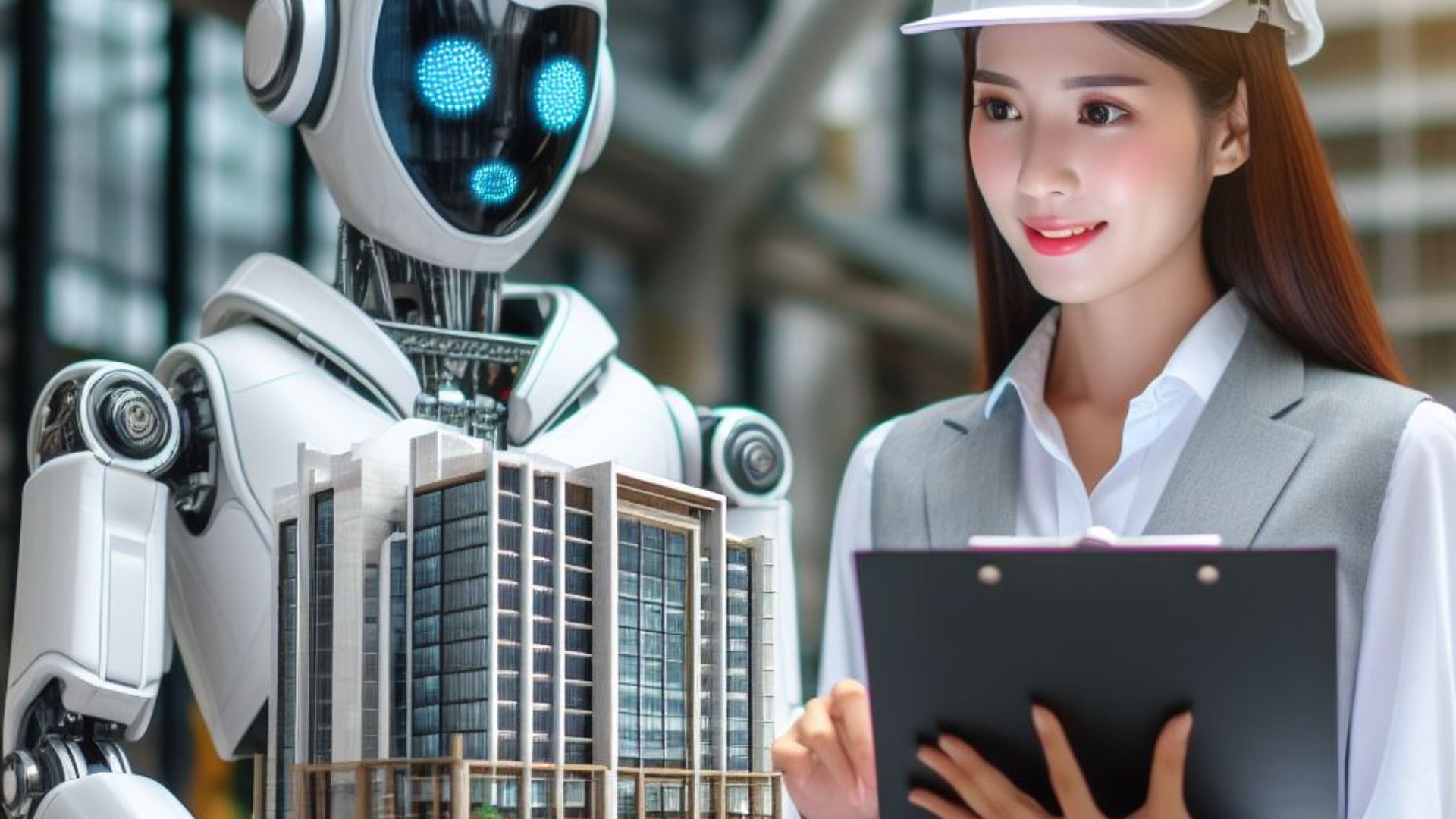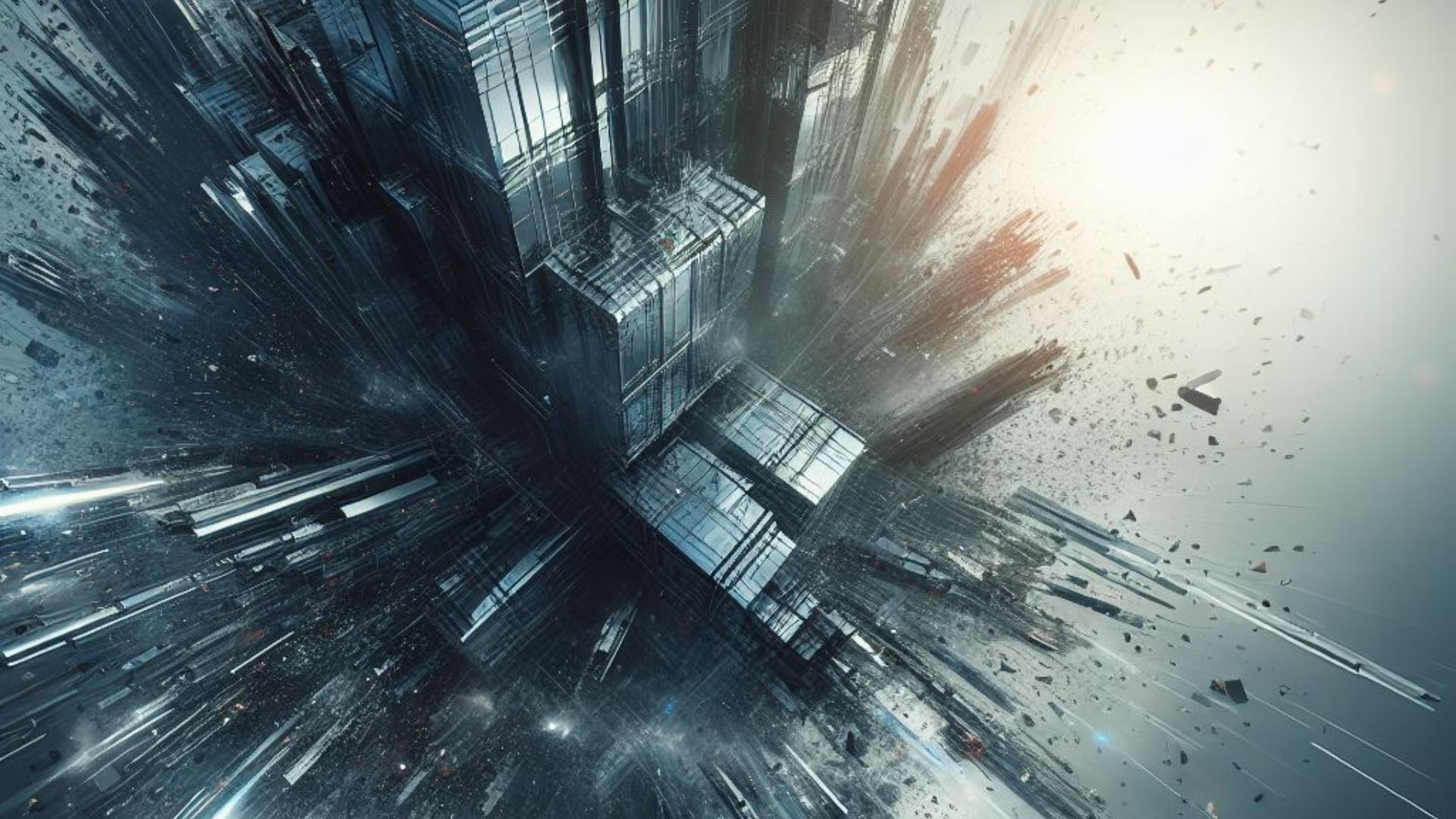
What you need to know
- Generative AI is ever-evolving, and now, more people are leveraging its capabilities to make work more accessible as it can accomplish tasks faster.
- There's a possibility that the technology could potentially render the need for certain professionals, like architects, redundant with the wide availability of image-generating tools like Image Creator from Designer and ChatGPT.
- The AI-powered tools generate designs that are a bit rigid in terms of creativity, predominantly due to censorship, but still add immense value to the entire process.
Generative AI is virtually used across most (if not all) fields, including medicine, education, politics, and more. People are leveraging its capabilities to make work easier since it can handle mundane tasks like summarizing emails and more, ultimately saving time while simultaneously promoting effectiveness and efficiency at the workplace.
While this is quite impressive, there's a lot of concern revolving around the safety and privacy of technology. Users cite the lack of elaborate measures and guardrails to help govern it and prevent it from spiraling out of control. There's also a growing concern over the possibility that AI might eventually replace skilled workers.
Microsoft released its Work Index Report last year, which cited that 49% of the users who took part in the survey were worried about losing their jobs to the groundbreaking technology. However, 70% expressed the readiness to adopt and incorporate the technology into their workflow.
Will AI take over jobs in the future?
As it happens, AI might already be on course to sweep some jobs in the built environment industry, specifically architecture. With the emergence of AI-powered tools like Image Creator from Designer (formerly Bing Image Creator), Midjourney, DALL-E 3 technology, ChatGPT, and more, which are pretty good at generating designs, images, and more based on prompts. It was only a matter of time before the technology started taking jobs from illustrators, interior designers, and other professionals alike in the built environment space. This is because these AI tools can generate sleek building designs in seconds, which would ordinarily take an illustrator up to a week to complete based on the project's complexity.
According to a spot by the Financial Times, Architects have already incorporated AI image generation tools into their workflow, thus making it easier to handle simple tasks like the distribution of parking slots in residential areas and apartment blocks.
Cheaper and faster, but at the expense of creativity

Before switching lanes and becoming a full-time journalist covering tech, I was an Urban and Regional Planner focusing on construction. At the time, I relied heavily on programs like AutoCAD and ArcGIS for mapping and illustration purposes. These complex programs require vigorous training and a lot of practice to master, and even then, it would take me several weeks to complete some projects.
Admittedly, it's pretty intriguing that I can generate some of these construction designs in a matter of minutes using Image Creator from Designer or ChatGPT. I've tried using client briefs from the past to generate construction designs, and it's pretty impressive. However, I can't help but wonder about its implications on job security, especially for interior designers, architects, and virtually everyone in the industry in the next couple of years.
Microsoft integrated OpenAI's DALL-E 3 technology into Image Creator from Designer to enhance and improve the quality of images the tool generates. The tool's capabilities improved significantly, but it has since been lobotomized. Users cite slow image generation times and heightened censorship, which limits how creative you can get when using AI tools to generate complex designs.
It's worth noting that Microsoft promises a better user experience with the just-unveiled Copilot Pro program, which promises faster load times and improved and enhanced image generation capabilities. OpenAI asserts the same experience with its paid subscription for ChatGPT called ChatGPT Plus.
READ MORE: 3 reasons why AIs like Microsoft Copilot and ChatGPT will only get worse
In an interview with Microsoft CEO Satya Nadella, OpenAI's Sam Altman recently disclosed that "this is the dumbest these chatbots will ever be" while detailing the roadmap for ChatGPT in 2024 and beyond. This means that the chatbots are likely to get better over time by incorporating the latest LLMs like GPT-4 and more.
To this end, the impact AI will have on the job market remains unseen, but one thing we know for sure is that it continues to evolve and get better. While it falls short in terms of creativity, adopting the technology into the industry and the professional's workflow could be highly fruitful. Still, AI needs a lot of refinement to get to this point if recent reports citing that it has gotten dumber and listing a food bank as a tourist attraction are anything to go by.
Do you think AI will withstand the test of time and eventually absorb some professions? Share your thoughts with us in the comments.







